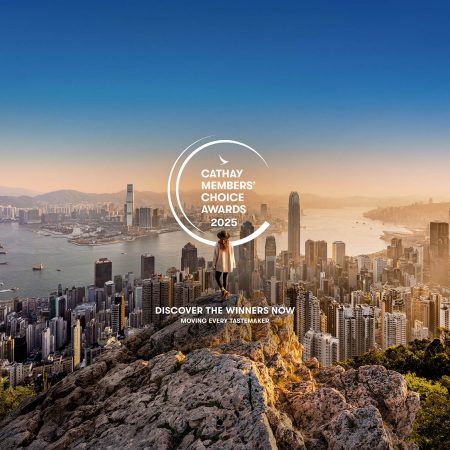100 years of Art Deco around the world
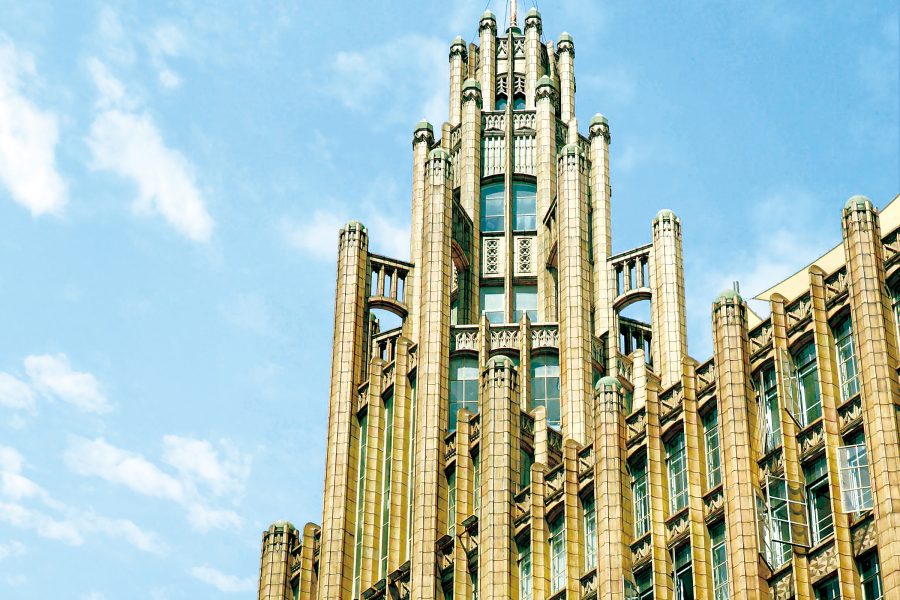
The early years of the 20th century lit up the world in a cacophony of clashing styles, colours, and artistic and historical influences to birth what we now identify as Art Deco. Its origins can be found in the bold geometry of Cubism and the Vienna Secession; its inspiration in the ancient civilisations of Egypt and Rome, the Mayans, Persia, Imperial China and Japan.
Painting and sculpture, furniture and textiles, jewellery, glass, metalwork, dance and, most prominently, architecture were transformed as new materials and techniques allowed a lavish exploration of form and function.
“This era ushered in huge changes to how people lived and communicated,” says Brian Scott, vice president and editor, Art Deco and Modernism Society of Australia. “With the post-First World War and associated economic boom, everyday items became more attractive and practical. This is why these designs and objects still resonate today.”
To celebrate this new aesthetic age, a giant exposition was staged from April to October 1925 in central Paris – L’Exposition internationale des arts décoratifs et industriels modernes (International Exhibition of Modern Decorative and Industrial Arts), its name eventually giving us the epithet Art Deco.
Art Deco’s influence spread globally as it came to define the first half of the 20th century. Here are some of its greatest treasures around the world.
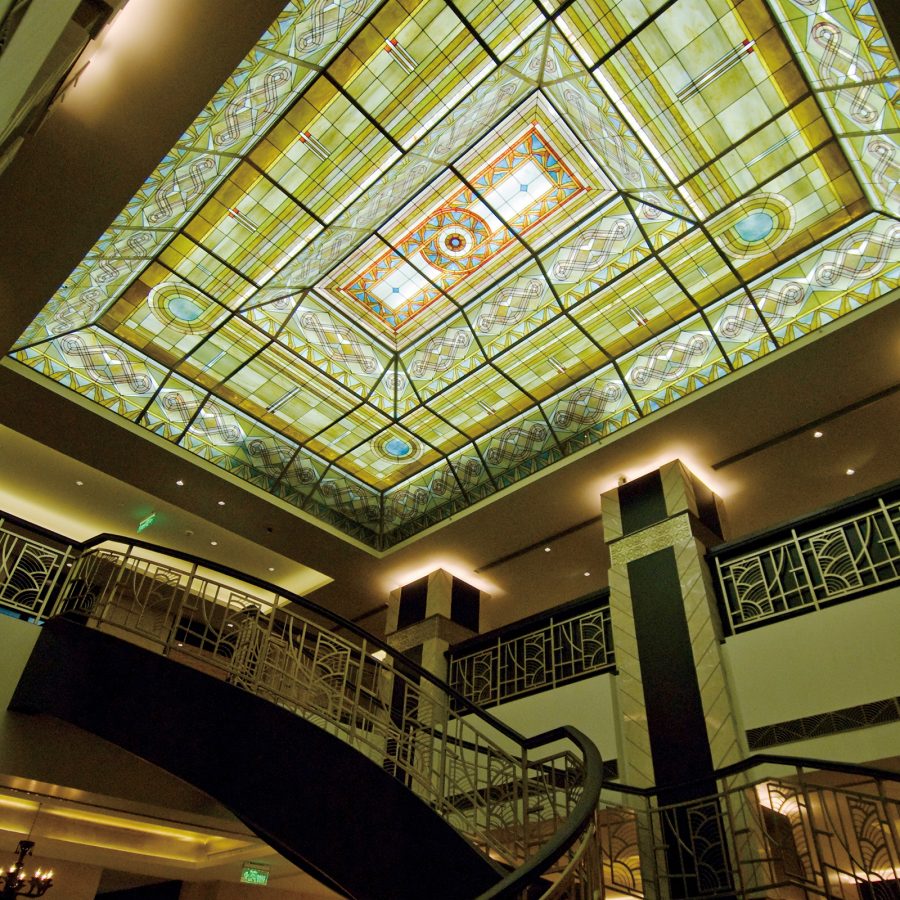
Credit: Stefan Irvine/Getty Images

Credit: Stefan Irvine/Getty Images
Shanghai, Chinese Mainland
Between the 1920s and 1940s, Shanghai prospered, priming it for the introduction of the lavish Art Deco style that blended with traditional Chinese motifs, such as pagoda-style roofs. This fusion of East and West was named as its own movement: Shanghai Art Deco. “You cannot walk down an old Shanghai street without seeing Art Deco – it’s in front of you or down a lane. It’s everywhere,” says Scott.
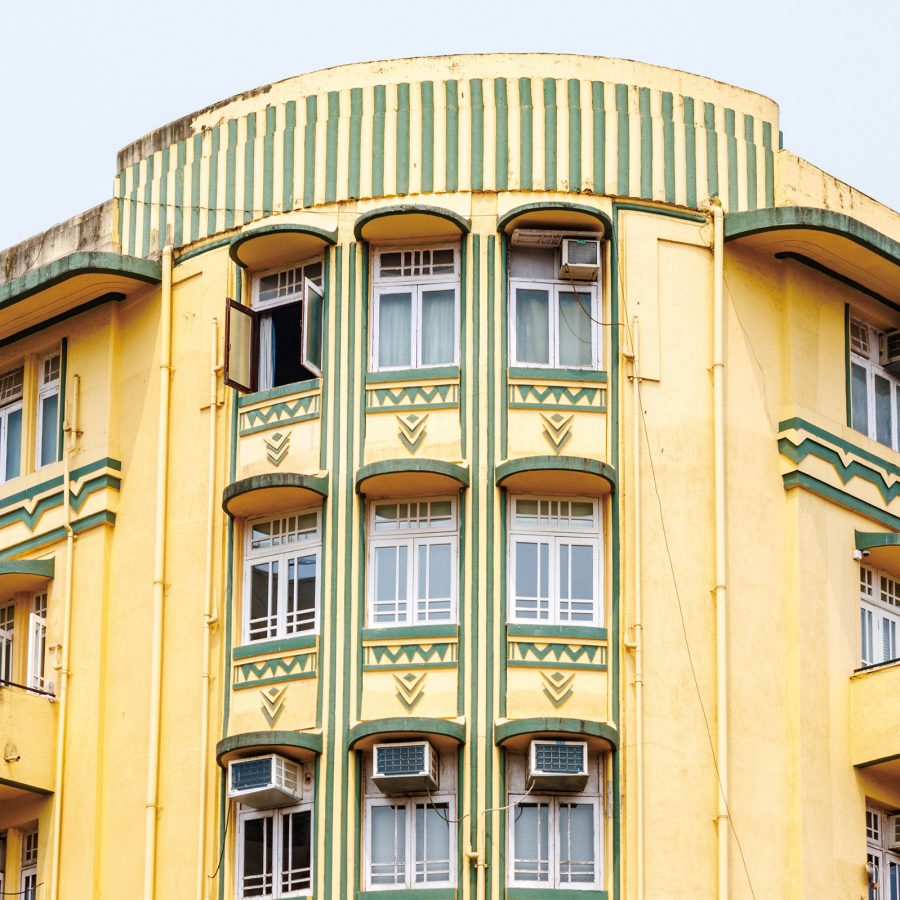
Credit: worldwidephotoweb/Getty Images
Mumbai, India
Building on Indian architecture’s precedent for ornamentation, Art Deco was introduced to then-Bombay during the 1930s, when it was incorporated into office buildings, residences and movie theatres. Collectively, 94 such examples of “Bombay Deco” or “Indo Deco” were inscribed as a World Heritage Site in 2018, including low-rise apartment buildings found along the sweeping Marine Drive and offices and residences around King’s Circle and Khar West.
Art Deco Mumbai offers an interactive map of the city's heritage buildings.
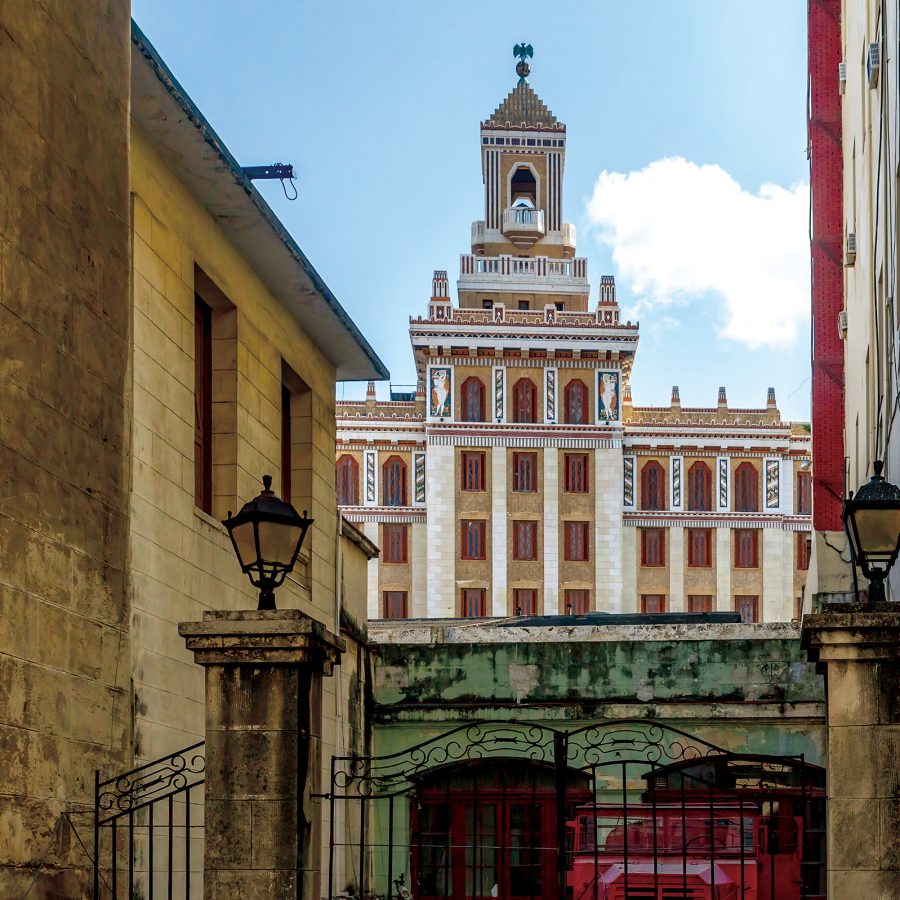
Credit: Roberto Machado Noa/Getty Images
Havana, Cuba
Art Deco arrived in Havana in the late-1920s during the first term of President Gerardo Machado, who was intent on modernising the Cuban capital. The rum brand’s Bacardi Building, regarded as one of the finest Art Deco buildings in Latin America, features soaring column archways, halls of green marble and pink granite adornments. Scott also notes “the most magnificent Art Deco interior in the city”, which lies behind the doors of the Casa de la Amistad, or Friendship House, a rose-coloured Italian Renaissance Revival mansion on Avenida Paseo.
View architecture in a classic Almendrón car with Havana Super Tour .

Credit: imagoDens/Getty Images

Credit: Walter Bibikow/Getty Images
Napier, New Zealand
Napier is often referred to as the Art Deco capital of the world. After the small town was almost completely destroyed by a massive earthquake in February 1931, its centre was rebuilt in the trending Art Deco style. Façades were embellished with intricate patterns that drew from Māori motifs, in a Kiwi twist on the theme. “Other than a few Art Deco buildings replaced with contemporary structures in the 1960s to 1980s, the centre became recognised for its architectural importance,” says Scott. An annual festival has been held here each February since 1989.
Take a vintage car or walking tour to discover Napier’s heritage.

Credit: Tim McRae/Getty Images
Melbourne, Australia
Like cities in other young countries, Melbourne experienced rapid growth in the early 20th century. By the ’30s, the latest styles were being adopted by commercial buildings, homes, apartments and even sports grandstands. The city’s architectural landscape was transformed by new materials and techniques, such as steel-reinforced concrete and terrazzo flooring, which allowed for innovative and lavish designs.
Join an Art Deco architecture tour of the city centre.
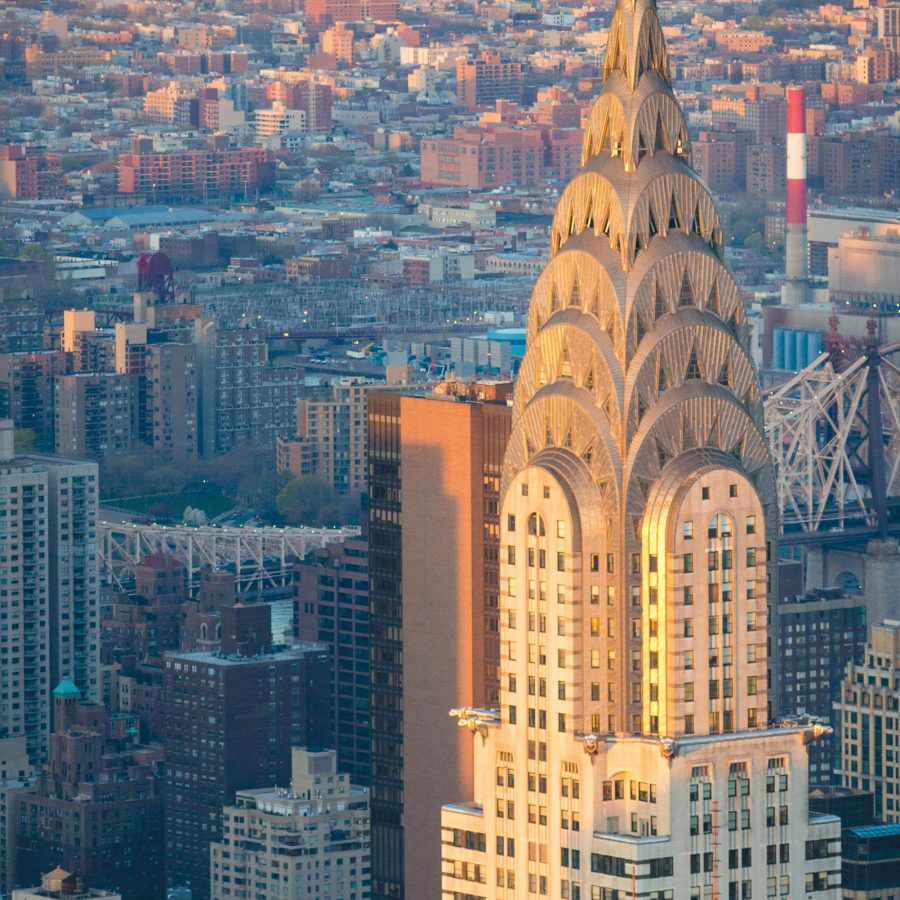
Credit: ferrantraite/Getty Images
New York, US
Art Deco found the height of its expression in the shape of the superstructure monoliths that traced new outlines on New York’s skyline in the early 1930s. With their gleaming spires and intricate metalwork, the Chrysler and Empire State Buildings still stand as towering monuments to the movement. “Manhattan delights with a mecca of exuberant Art Deco masterpieces,” says Scott. New York is where you’ll find Art Deco’s most iconic creations.
Marvel at the Rockefeller Center’s entrances and friezes then tour Radio City Music Hall .
More art deco
These museums and galleries are celebrating 100 years of Art Deco with exhibitions and lecture series.
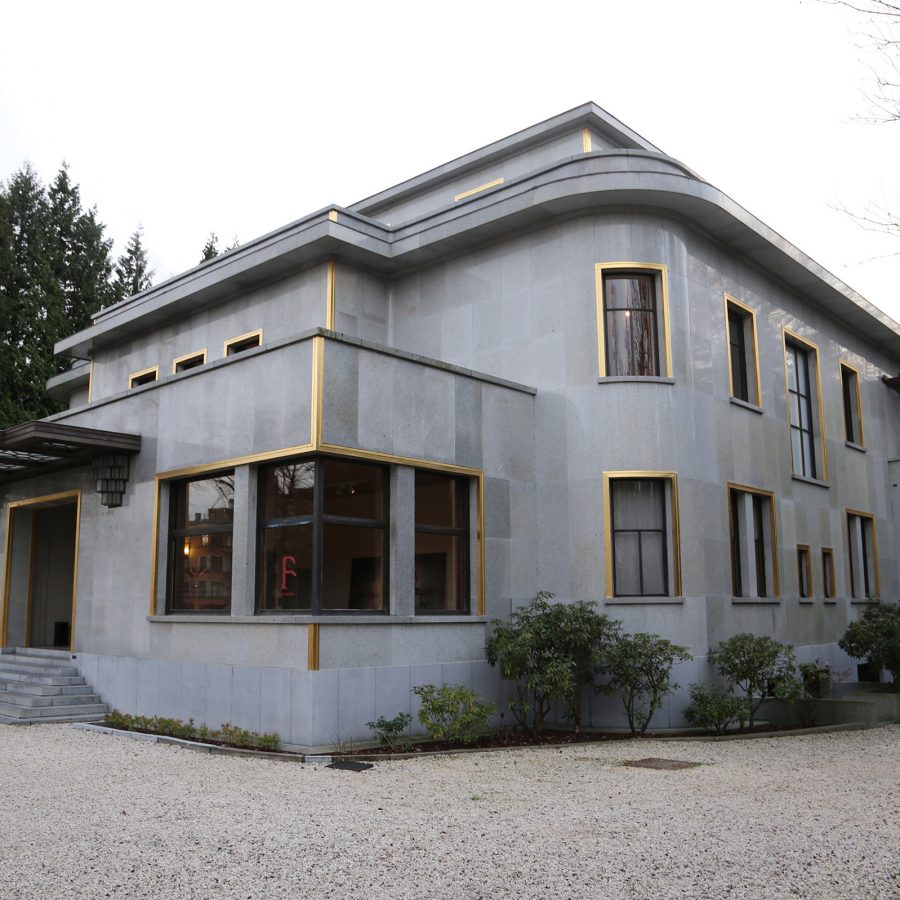
Credit: Michael Pasdzior/Getty Images
Brussels, Belgium
Explore the iconic Villa Empain’s Art Deco architecture and immerse yourself in the Roaring Twenties at the “Echoes of Art Deco” exhibition . Until 2 November

Credit: The Lachaise Foundation New York
New York, US
The Nassau County Museum of Art’s “Deco at 100” exhibition includes more than 170 works, from paintings and sculptures to fashion and furniture. Until 15 June
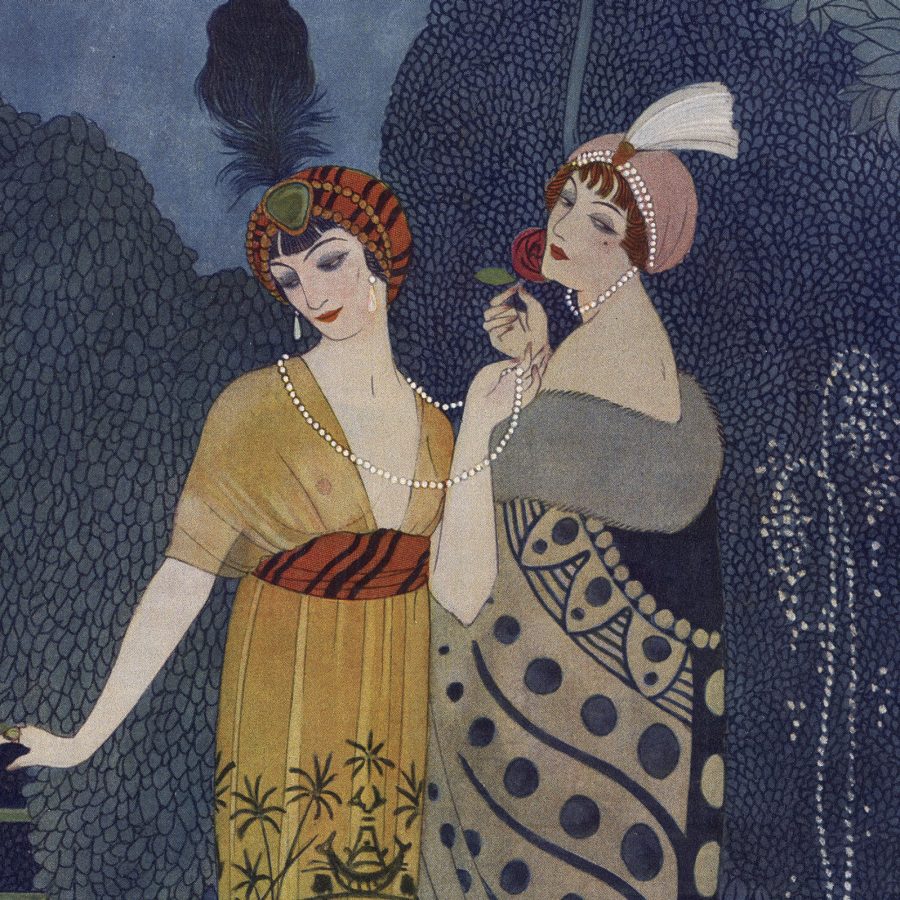
Credit: Les Arts Décoratifs
Paris, France
The Musée des Arts Décoratifs' “Fashion is a Feast” monograph explores designer Paul Poiret’s revolutionary designs, which introduced bright colours and flowing silhouettes to women’s wardrobes. Until 11 January, 2026
More inspiration
- China – the Chinese Mainland, Hong Kong SAR, Macao SAR and Taiwan Region
- Hong Kong SAR - English
- Chinese Mainland (China) - English
- Taiwan, China - English
- 香港特別行政區 - 繁體中文
- 中国內地 - 简体中文
- 中國台灣 - 繁體中文
- Africa
- South Africa - English
- Asia
- Bangladesh - English
- Korea - English
- Singapore - English
- Cambodia - English
- 한국 - 한국어
- Sri Lanka - English
- India - English
- Malaysia - English
- Thailand - English
- Indonesia - English
- Maldives - English
- ประเทศไทย - ภาษาไทย
- Indonesia - Bahasa Indonesia
- Myanmar - English
- Vietnam - English
- Japan - English
- Nepal - English
- Việt Nam - tiếng Việt
- 日本 - 日本語
- Philippines - English
- Australasia
- Australia - English
- New Zealand - English





